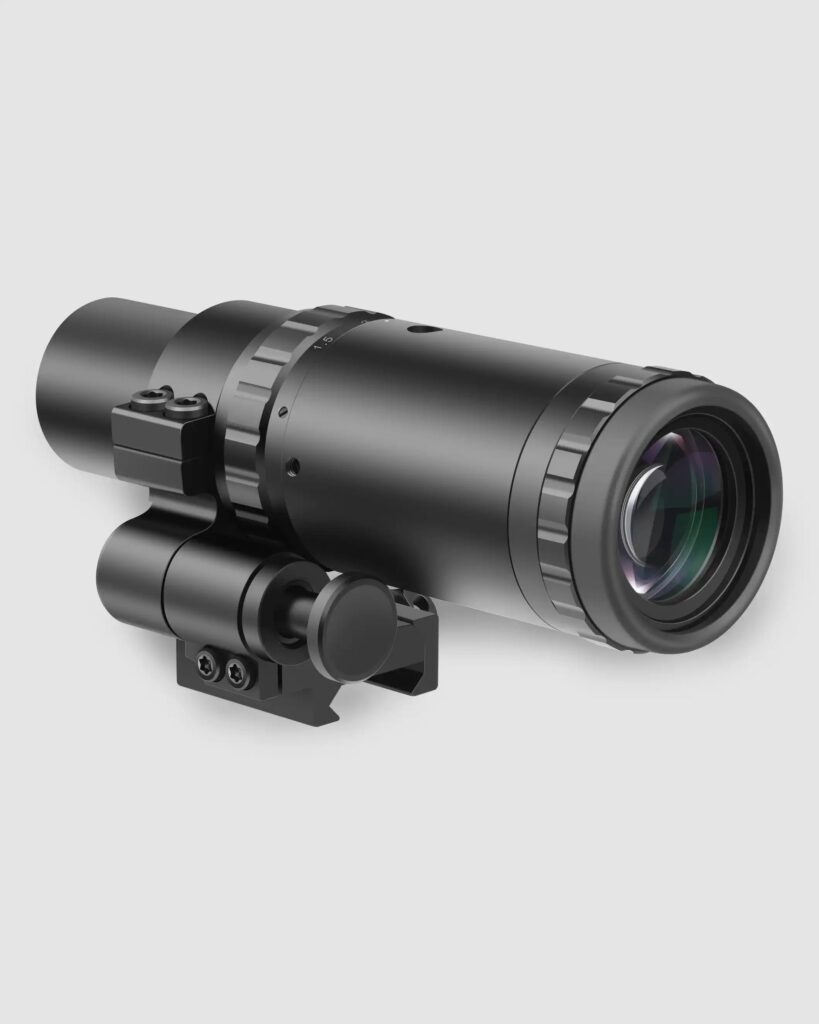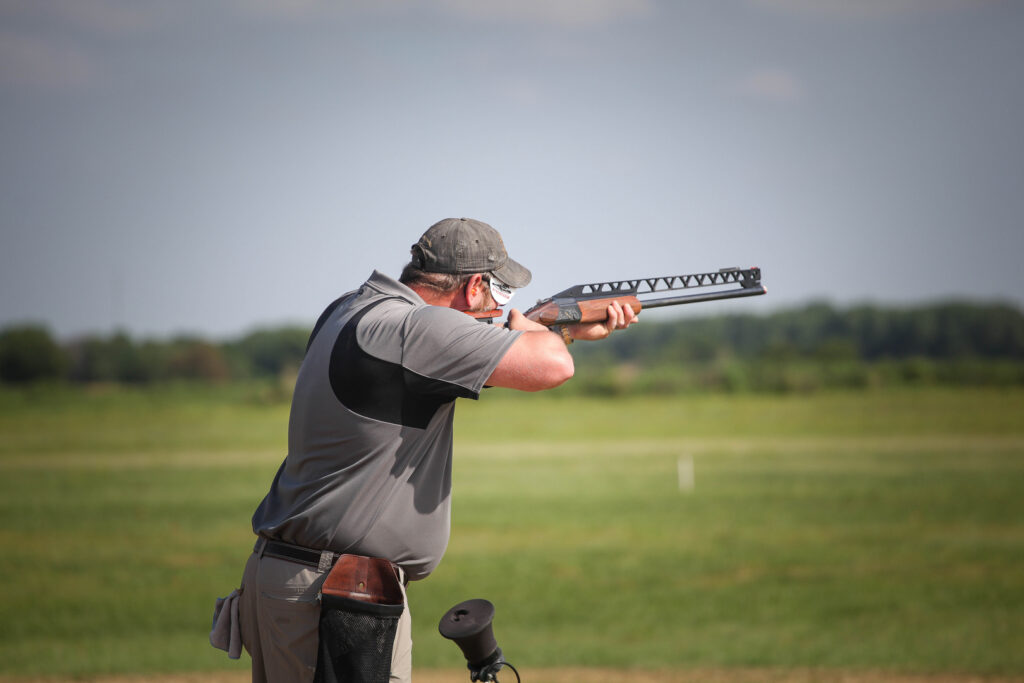One of my favorite things in this world is when I get a new gun. A very close second “good day” is when I buy a new optic for one of my rifles, because that means I get to mount it and zero the gun in.
Optic Options
When selecting an optic for an AR pattern rifle, I first decide what I will be using the rifle for (i.e., competition, plinking, hunting, or self- or home-defense). This “purpose” usually dictates which type of optic I put on the rifle.
The choice pretty much comes down to a variable-power scope or a red-dot optic of some type. Over the last few years, I have preferred and mounted small, one-power red dots or low-power variable scopes, such as a 1-4x or 1-6x.
Advertisement — Continue Reading Below
(That specification, 1 to 4x/6x refers to the magnification of the scope, if you were wondering.)
A quick detour: I won’t go into the minutia of mounting an optic, as there are so many different types of mounts and rings on the market. I’ll just advise you to follow the manufacturer’s instructions. (And, yes, you should actually read the instructions first.)
A Great Day
When my FedEx driver recently delivered my SAINT rifle with the free-float handguard, I could not get it out of the box fast enough, because it’s an even better day when I get a Springfield Armory gun to test!
Advertisement — Continue Reading Below
I must say that I am very impressed with the factory fit and finish. And though there are only a few enhancements as compared to the original SAINT, they are good ones. The most obvious additions are the free-float handguard and the A2-style front sight being replaced by much-preferred (IMO) low-profile, flip-up (front) dual-aperture sights.
(Stay tuned for more from me on this topic in a future article!)
Range Time
As with any new rifle, the first thing I did after installing the red-dot sight, and then disassembling and lubricating my new SAINT, was to take it out to my backyard (don’t be jealous, Rob) and shoot it.
Advertisement — Continue Reading Below
Living off the grid and having a shooting range on my property makes it super easy and enjoyable to sight in/zero my guns. I’m pretty spoiled, and I love the fact that I can quickly set up and shoot targets at any distance as far as 200 yards. I sure don’t miss having to do this at public ranges.
So, after putting a few rounds through the rifle as a function check – ting, ting, ting, ting, ting, I then moved right into zeroing.















